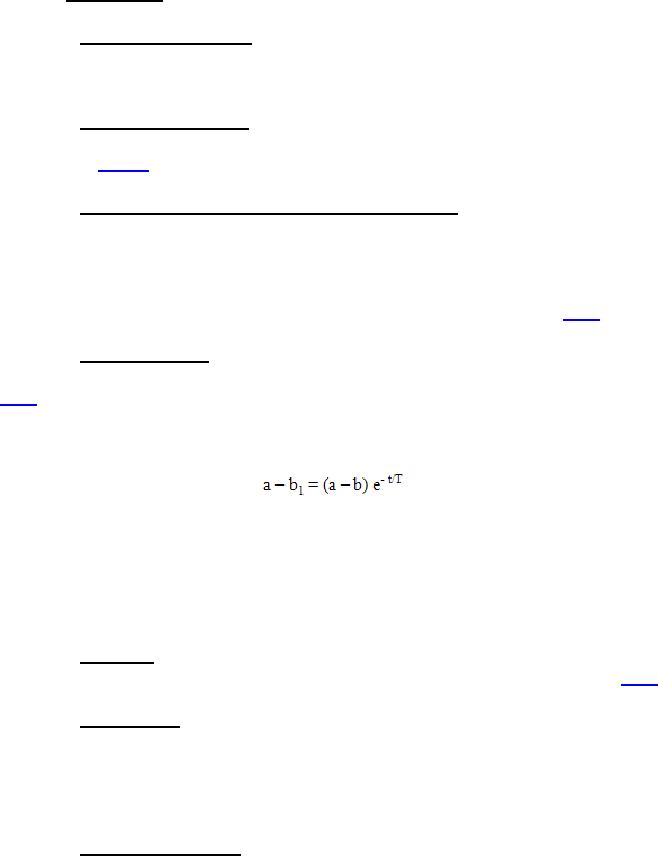
MIL-DTL-27723F
4.6 Test methods.
4.6.1 Examination of product. The probe shall be inspected to determine compliance
with the requirements specified herein with respect to interchangeability, dimensions, materials,
workmanship, and marking.
4.6.2 Temperature-resistance. The resistance of the temperature-sensing element shall be
measured at 0°C and at 100°C of water. The probe shall meet the temperature resistance
requirements of 3.5.2.1.
4.6.3 Insulation resistance of temperature-sensing element. The probe shall be
completely submerged in tap water for a period of 8 hours. Upon completion of the 8 hour
period, the probe shall be removed from the water and dried for 1 hour. At the end of this time, a
potential of 100V direct current (DC) shall be applied between any electrical receptacle pin
contact of the temperature-sensing element (pin C or D) and any ground part of the probe. The
temperature sensing element shall meet the insulation resistance requirements of 3.6.1.
4.6.4 Thermal response. The time constant of the temperature-sensing element shall be
determined in an internal airflow of mach 0.3 at sea level pressure and shall meet the requirement
of 3.6.2. The thermal time constant is the time required for the probe to reach 63 percent of the
step function change in temperature as expressed by the following equation:
Where: a = final temperature
b1 = temperature at time t
b = temperature at time t=0
t = time in seconds
T = thermal time constant in seconds
4.6.5 Reactance. The probe shall be tested for inductive and capacitive resistance effect
on the impedance of the temperature-sensing element and shall meet the requirements of 3.6.3.
4.6.6 Static loading. The probe shall be statically loaded to simulate the impact pressures
produced by mach 2.0 flow at sea level pressure. No visible damage to the probe shall result.
The resistance of the temperature-sensing element shall then be determined at 0°C and 100°C
and shall not differ by more than the equivalent of 0.2°C from the resistance value before this
test.
4.6.7 Deicing and anti-icing. The probe shall be tested in an icing wind tunnel at an
indicated tunnel speed of 325±25 knots. The tunnel static temperature for the tests shall be
between -25°C and -35°C. The liquid water content shall be between 1.00 and 1.50 grams per
cubic meter of air. The procedure for the test shall be as follows: Ice shall be allowed to form on
the air inlet of the probe until the ice cap has extended ½ inch from the inlet tip. Power shall
then be applied at rated voltage and the total time to remove all accumulated ice from the inlet
12
For Parts Inquires call Parts Hangar, Inc (727) 493-0744
© Copyright 2015 Integrated Publishing, Inc.
A Service Disabled Veteran Owned Small Business